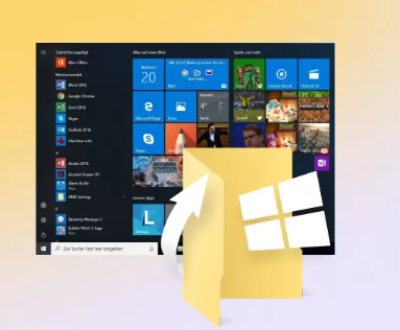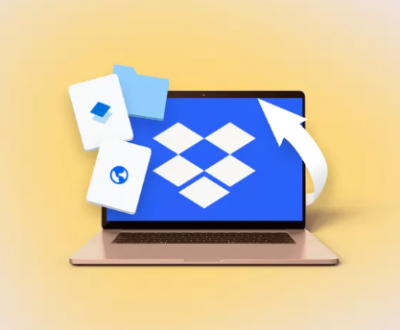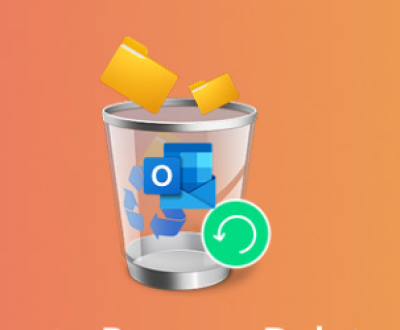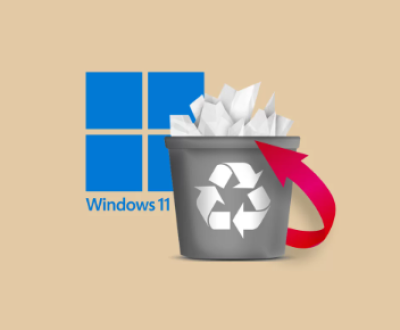With the vast amount of digital content people store nowadays, managing media files especially videos has become a daunting task. Whether it’s home movies, downloaded films, or work-related content, large video files can quickly take up valuable hard drive space. Fortunately, many tools and techniques can help you stream video files without keeping unnecessary copies.
1. Video Streaming
Before diving into the how-tos, it’s essential to understand what video streaming means. Streaming refers to watching or listening to media files directly from a server or source without needing to download the entire file onto your device. This method saves space as files aren’t permanently stored on your system.
There are two main types of video streaming:
On-Demand Streaming: Services like Netflix and YouTube allow users to stream videos instantly without downloading. Once you close the stream, the file isn’t stored locally.
Live Streaming: Real-time broadcasting that doesn’t require local storage, such as Twitch or live YouTube broadcasts.
If your goal is to stream video files from a personal collection while keeping your storage tidy, tools can help you access and remove redundant or unnecessary video files after use.

2. Tools for Streaming Video Files
Several software tools allow you to stream video files stored locally on external drives or cloud storage platforms. These tools often come with additional features like the ability to manage files and automate the deletion of videos you no longer need.
Here are some popular options:
2.1 VLC Media Player
VLC is a free, open-source media player that supports video streaming over local networks and online. It can access remote files from servers or drives, allowing you to stream video files without downloading them fully onto your device.
How to Stream a Video Using VLC:
Open VLC Media Player.
Go to Media > Open Network Stream.
Enter the URL or network location of the video file.
Click Play, and VLC will stream the file without downloading it.
2.2 Plex Media Server
Plex is an excellent solution for organizing and streaming video files from a central media server. It works both locally and over the internet, enabling you to access your media files from anywhere. Once you’ve finished watching a video, Plex gives you options to delete or archive files directly.
How to Set Up Plex for Video Streaming:
Install Plex on your primary device (this becomes your media server).
Add video files to your Plex library.
Use the Plex app on another device to stream videos.
2.3 Emby Media Server
Emby is another media management solution similar to Plex, allowing you to stream your video files from a central server. It has a robust feature set, including metadata management and options for automated file deletion.
3. Automating the Deletion of Video Files
Once you’ve finished streaming a video, you may want to delete it to free up space. Many applications have built-in features or plugins that help manage files and clear out unnecessary ones.
3.1 Using File Management Tools
There are several file management tools designed to automate the deletion of video files after they’ve been watched or after a specified period:
FileBot: This tool helps organize your media files and automatically delete files based on set rules.
Automator (Mac): With Automator, you can create scripts that delete files after being opened or after a specific timeframe.
Task Scheduler (Windows): Task Scheduler can be configured to delete video files after streaming them or based on certain conditions.
3.2 Deleting via Media Server Settings
Media servers like Plex and Emby come with settings to automate file deletion:
In Plex, you can enable auto-deletion of watched content. Go to Settings, navigate to Library, and select Delete after watched.
In Emby, you can use the Cleanup feature to automatically remove videos after they’ve been played or when they’re no longer needed.
3.3 Cloud-Based Deletion
If you’re streaming videos from cloud storage services like Google Drive or Dropbox, you can use automated scripts (like Google Apps Script for Google Drive) to delete files after a certain period or based on specific conditions. These scripts can be set to target large video files and automatically clear space.
4. Best Practices for Streaming and Deleting Video Files
Managing large video libraries can be tricky, so here are some best practices to follow:
4.1 Backup Important Files
Before automating file deletion, ensure that you’re not losing videos you may need later. Backing up critical videos to external drives or cloud storage ensures that you don’t accidentally delete important files.
4.2 Set Up Clear Folder Structures
Organize your videos into folders that are easy to manage. Label folders based on categories (e.g., Movies, TV Shows, Work Videos). This will help automate deletion rules later.
4.3 Utilize Metadata
Media servers like Plex and Emby automatically gather metadata, which can help organize and tag files based on whether they’ve been viewed or not. Use this metadata for setting up rules for file deletion.
4.4 Optimize Streaming Quality
To minimize bandwidth consumption and storage use, optimize the quality of video streams. If you’re streaming on a small device or with limited internet bandwidth, consider lowering the video quality to 720p or lower.
5. Advantages of Streaming and Deleting Videos
There are several benefits to using this approach:
Storage Efficiency: By deleting unnecessary files, you free up space for future media or other critical files.
Reduced Clutter: Automated file management helps reduce clutter on your hard drives.
Increased System Performance: Freeing up space improves the performance of your system, making it faster and more efficient.
Convenience: With automated deletion, you don’t have to remember to go back and manually clear files—it’s all done for you.
Streaming video files while deleting unwanted ones is a practical way to manage your media library. By using the right tools, automating file management, and applying best practices, you can ensure a clutter-free and efficient digital environment. Whether using VLC, Plex, or other media solutions, these strategies will help you enjoy your video content without overwhelming your storage capacity.
About us and this blog
Panda Assistant is built on the latest data recovery algorithms, ensuring that no file is too damaged, too lost, or too corrupted to be recovered.
Request a free quote
We believe that data recovery shouldn’t be a daunting task. That’s why we’ve designed Panda Assistant to be as easy to use as it is powerful. With a few clicks, you can initiate a scan, preview recoverable files, and restore your data all within a matter of minutes.

 Try lt Free
Try lt Free Recovery success rate of up to
Recovery success rate of up to









